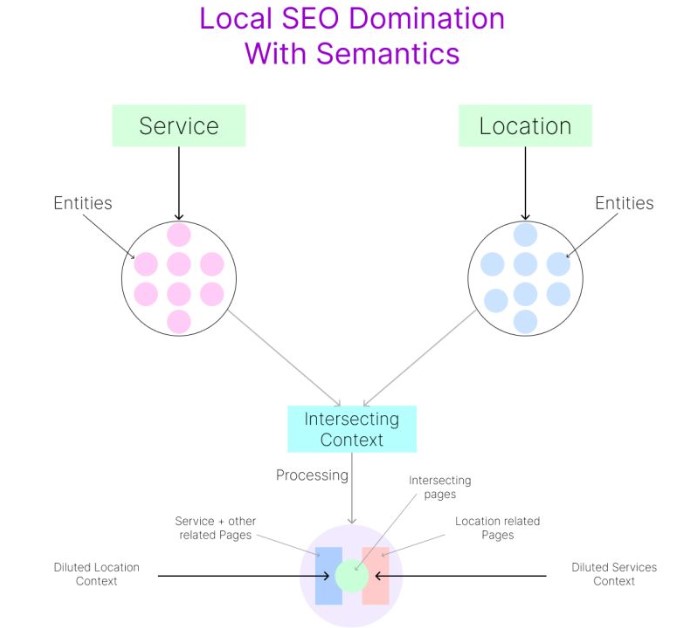Semantic SEO System for Local Websites

This Semantic SEO System has helped me grow hundreds of my clients' websites in Local SEO. 🚀
Note: Semantic SEO for local websites is different from other types of websites.
To succeed, you need to make the website topically authoritative for:
- ✅ Service-related entities
- ✅ Targeted location entities
To simplify this process, I’ve been following a Semantic SEO system inspired by various patents and Koray Tugberk GUBUR's frameworks and methodologies. 🧠
⚡️ TL;DR of the System:
🌴 1. Finding the Entities Related to Both Service and Locations
You’ll gather a list of all entities related to:
- The service (e.g., car models, car types)
- The location (e.g., museums, restaurants, hotels, libraries, parks)
Example:
For a car rental service, service-related entities = car types/models
Location-related entities = places where the service is used (e.g., museums, parks)
🌴 2. Figuring Out the Intersection Between Entities
Find the common ground between service and location entities. This intersection helps define topics and their context for publishing on the website.
Examples of intersections:
- 🚗 Hire X car for Y museum
- 🚗 Hire X car for Y park
🌴 3. Coverage of Service and Location-Related Entities
Ensure your website covers content around all relevant service and location entities.
Internal linking strategy:
- A location page can have a diluted context of services.
- A car model page can link back to a location page.
The key is to maintain topical relevance while creating contextual bridges.
Why diluted context?
To protect the main query relevance of each page, while still providing semantic associations.
⛳️ The Goal
To establish your website as an authority on all related entities and contexts surrounding the service and targeted locations. 🏆
🔮 Final Thought
The more coverage your website has around:
- Relevant entities
- Contextual connections
- Search behaviors
- User search activities
…the greater your chances of ranking higher and growing your business. 📈💼
